Description
Polyacrylamide: A Versatile Polymer with Applications Spanning Industries
Polyacrylamide (PAM), a polymer derived from acrylamide subunits, is a synthetic polymer with a wide range of applications thanks to its unique properties. From water treatment to agriculture and even cosmetics, polyacrylamide’s versatility makes it a crucial component in numerous industries. Understanding its structure, properties, and applications sheds light on its importance in modern technology.
The Chemistry of Polyacrylamide:
Polyacrylamide is formed through the polymerization of acrylamide monomers. This polymerization process can be initiated through various methods, including free-radical polymerization. The resulting polymer chain consists of repeating acrylamide units, creating a long, chain-like molecule.
The fascinating aspect of polyacrylamide lies in its ability to be modified. Introducing charged monomers during the polymerization process results in ionic polyacrylamides. These can be either cationic (positively charged) or anionic (negatively charged), depending on the incorporated monomers. This ability to tailor the charge of the polymer significantly expands its utility.
Key Properties and Characteristics:
- Water Solubility: Polyacrylamide exhibits excellent water solubility, making it highly effective in aqueous environments. This solubility is attributed to the polar amide groups present in its structure.
- High Molecular Weight: Polyacrylamide typically has a high molecular weight, ranging from thousands to millions of grams per mole. This high molecular weight contributes to its viscosity-enhancing properties.
- Flocculating and Thickening Agent: PAM is known for its powerful flocculating and thickening capabilities. This arises from its long chain structure and its ability to interact with other particles, causing them to clump together (flocculate) or increase the viscosity of a solution.
- Tailorable Charge: As mentioned earlier, the ability to synthesize ionic polyacrylamides allows for precise control over the polymer’s interaction with charged surfaces and particles.
Diving into Diverse Applications:
Polyacrylamide’s unique properties translate into a diverse range of applications across multiple sectors:
- Water Treatment: One of the most significant applications of polyacrylamide is in water treatment. It serves as a highly effective flocculant, aiding in the removal of suspended solids and impurities from wastewater, making it cleaner and safer. Both anionic and cationic PAM are employed depending on the nature of the contaminants being removed.
- Agriculture: In agriculture, polyacrylamide is used as a soil conditioner to improve soil structure and water retention. It helps reduce soil erosion and increases the efficiency of irrigation, leading to better crop yields.
- Paper Manufacturing: Polyacrylamide is employed in the paper industry as a retention aid, helping to retain fibers and fillers during the papermaking process, improving paper quality and reducing waste.
- Enhanced Oil Recovery (EOR): PAM solutions are injected into oil reservoirs to increase the viscosity of the injected water, improving the efficiency of oil displacement and recovery, thereby maximizing oil production.
- Cosmetics and Personal Care: Modified polyacrylamides are often used in cosmetics and personal care products as thickening agents, stabilizers, and film formers, contributing to the desired texture and performance of these products.
- Gel Electrophoresis: In molecular biology, polyacrylamide gels are used for separating DNA and proteins based on size and charge. This technique, known as gel electrophoresis, is fundamental in research and diagnostics.
- Mining: In the mining industry, PAM serves as a flocculant to separate valuable minerals from waste materials in mineral processing.
Considerations and Safety:
While polyacrylamide is generally considered safe for many applications, there are a few considerations:
- Acrylamide Monomer Residue: Acrylamide, the monomer used to produce polyacrylamide, is a known neurotoxin and potential carcinogen. Therefore, regulations are in place to control the residual acrylamide levels in polyacrylamide products, ensuring they remain within safe limits.
- Biodegradability: Polyacrylamide is not readily biodegradable, raising some environmental concerns. Research is ongoing to develop more biodegradable alternatives or methods to improve the biodegradability of PAM.
The Future of Polyacrylamide:
Research and development continue to explore new applications and improved properties of polyacrylamide. Scientists are working on:
- Developing biodegradable PAM derivatives: Addressing the environmental concerns associated with its persistence.
- Creating more targeted PAM formulations: Optimizing performance for specific applications.
- Exploring novel polymerization techniques: Achieving better control over polymer properties.
In conclusion, polyacrylamide is a remarkably versatile polymer with a wide range of applications that impact various industries. Its unique properties, particularly its water solubility, flocculation capabilities, and tailorable charge, make it a valuable tool for addressing challenges in water treatment, agriculture, manufacturing, and beyond. While considerations regarding its biodegradability and monomer residue remain, ongoing research is paving the way for more sustainable and efficient uses of this important polymer.




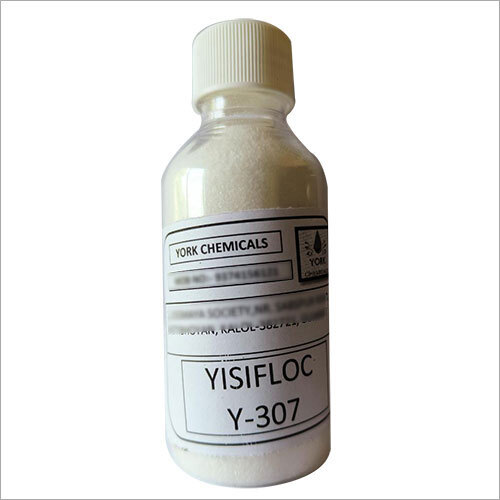
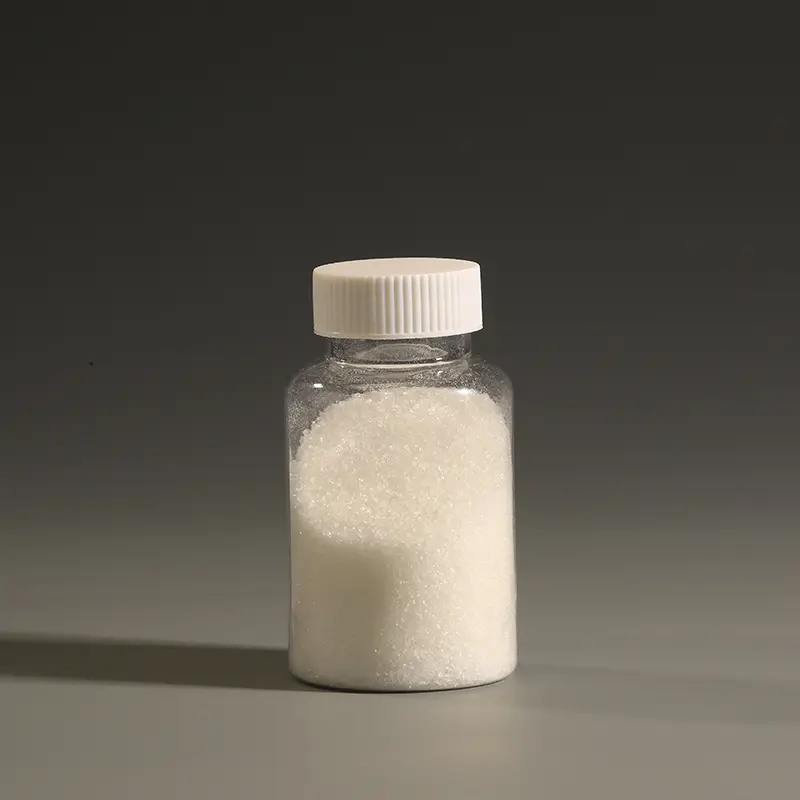
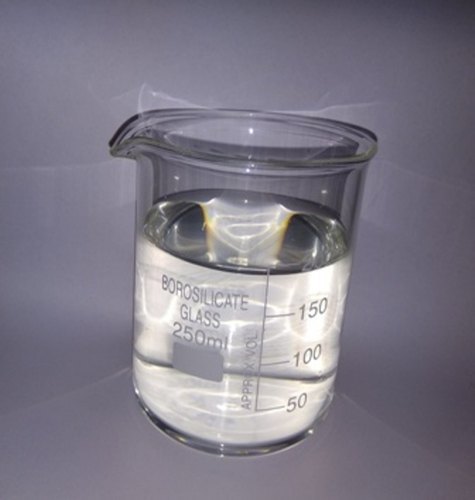
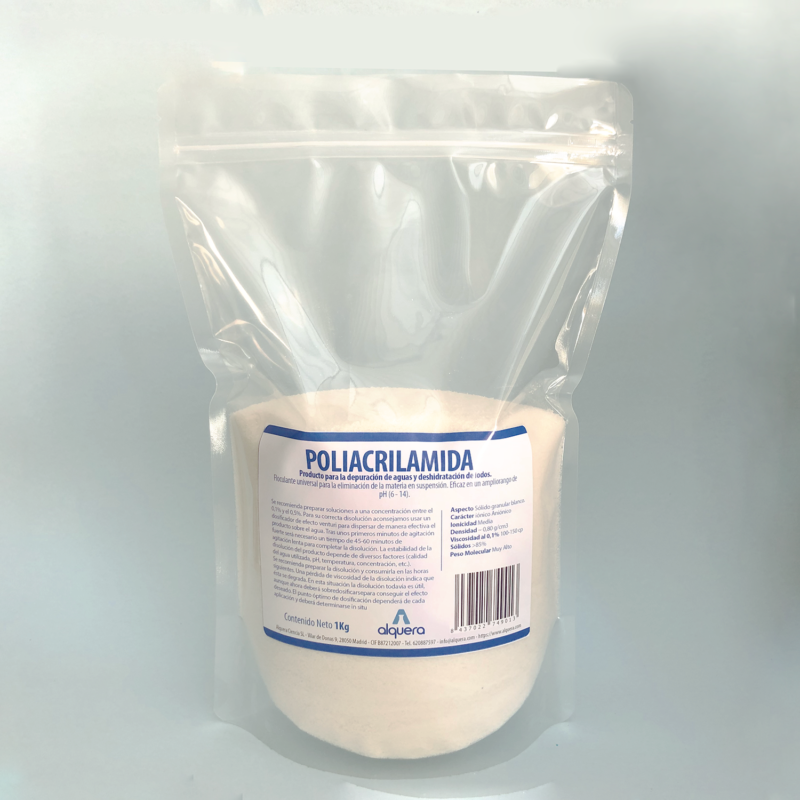
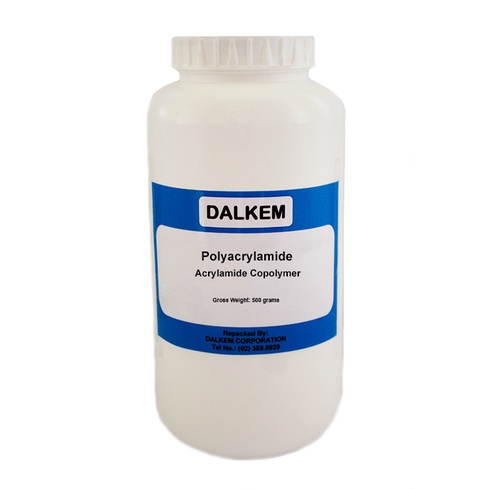

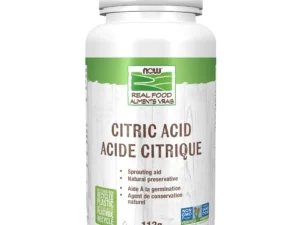

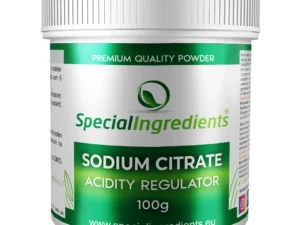

Reviews
There are no reviews yet.